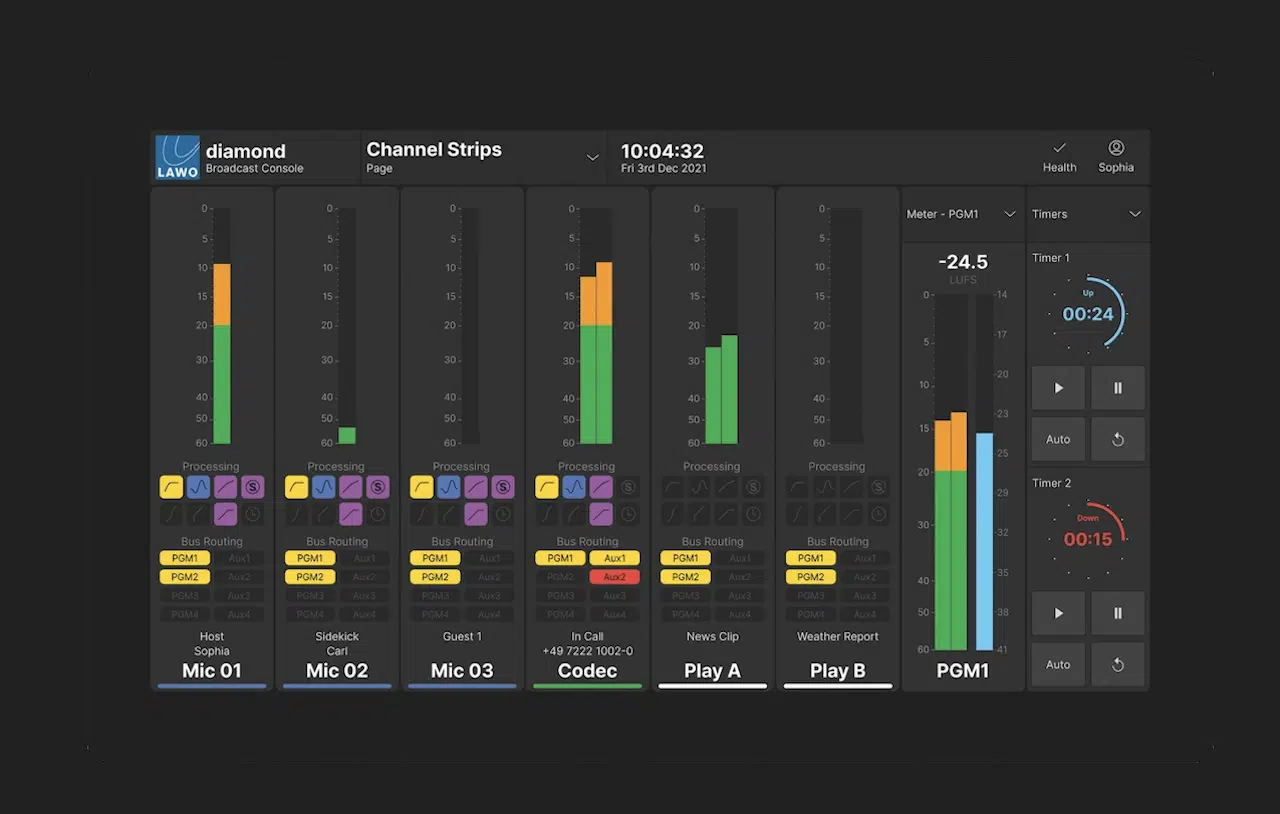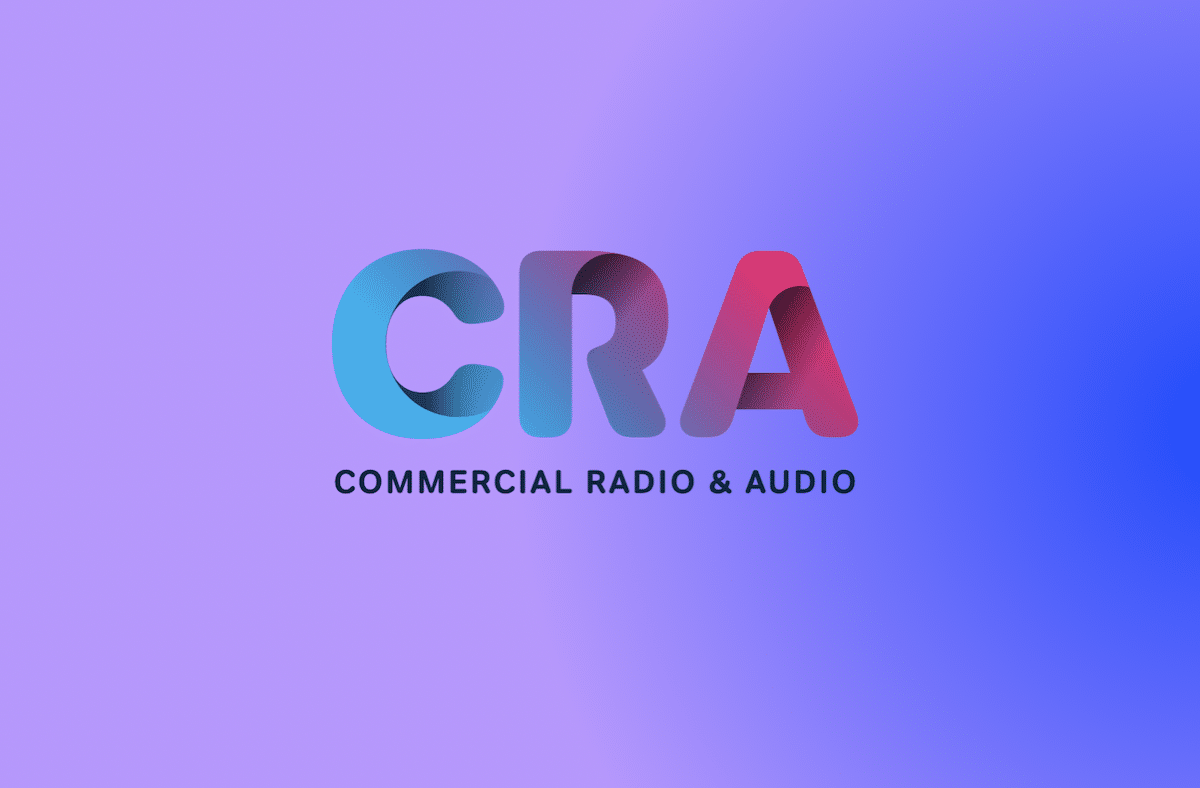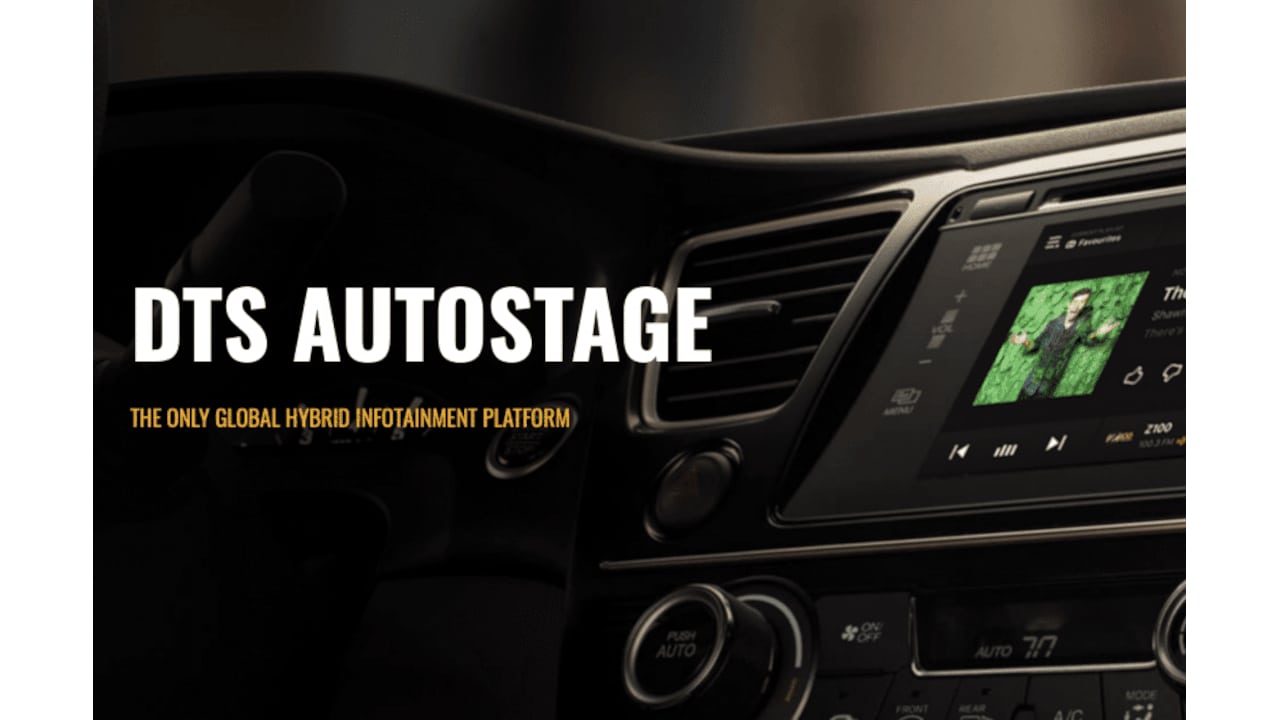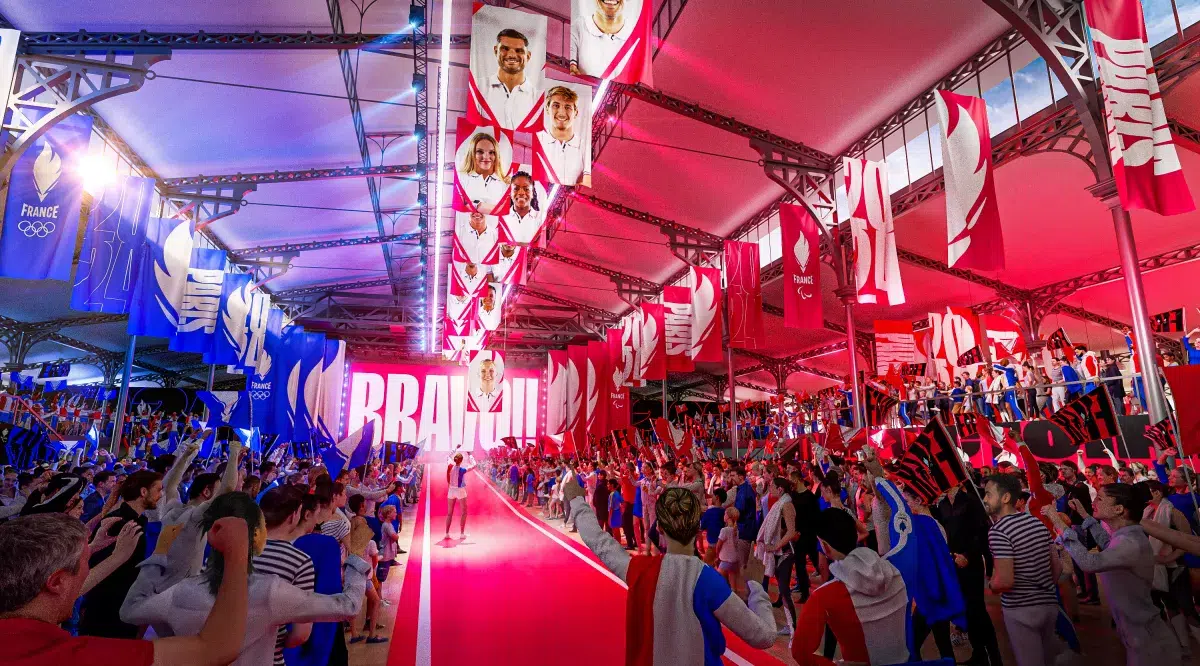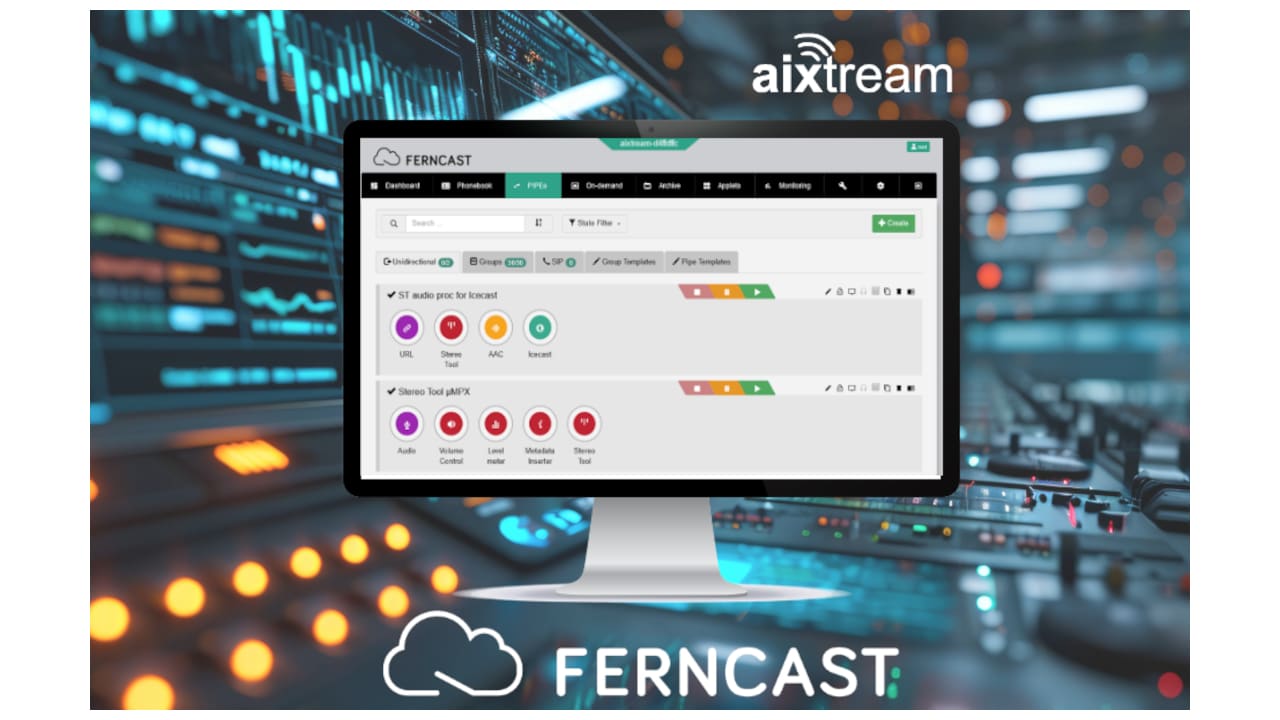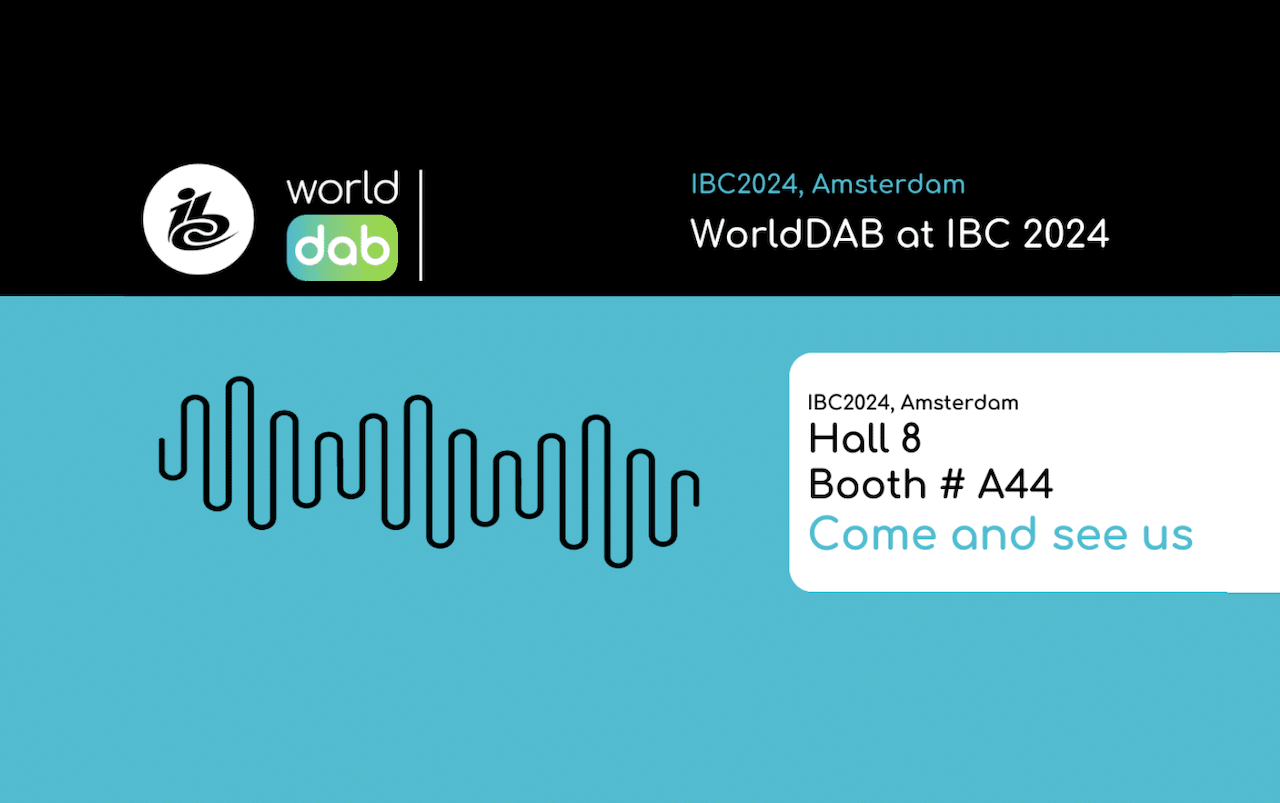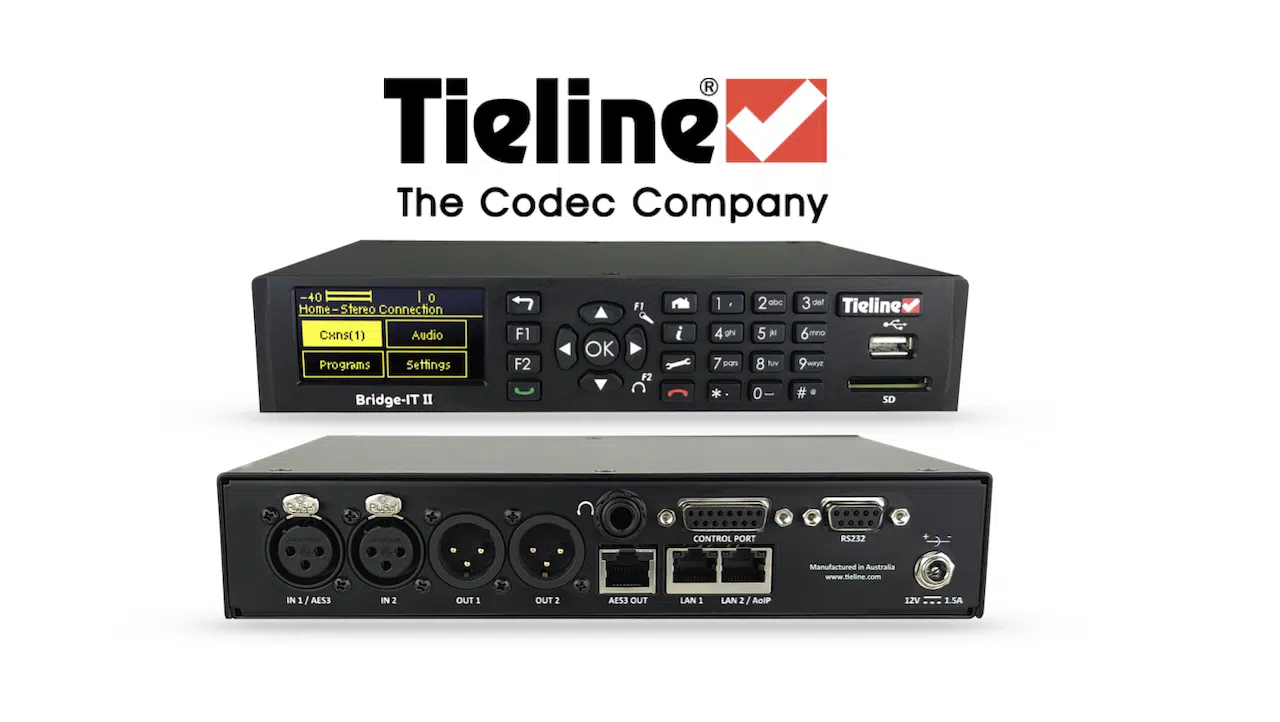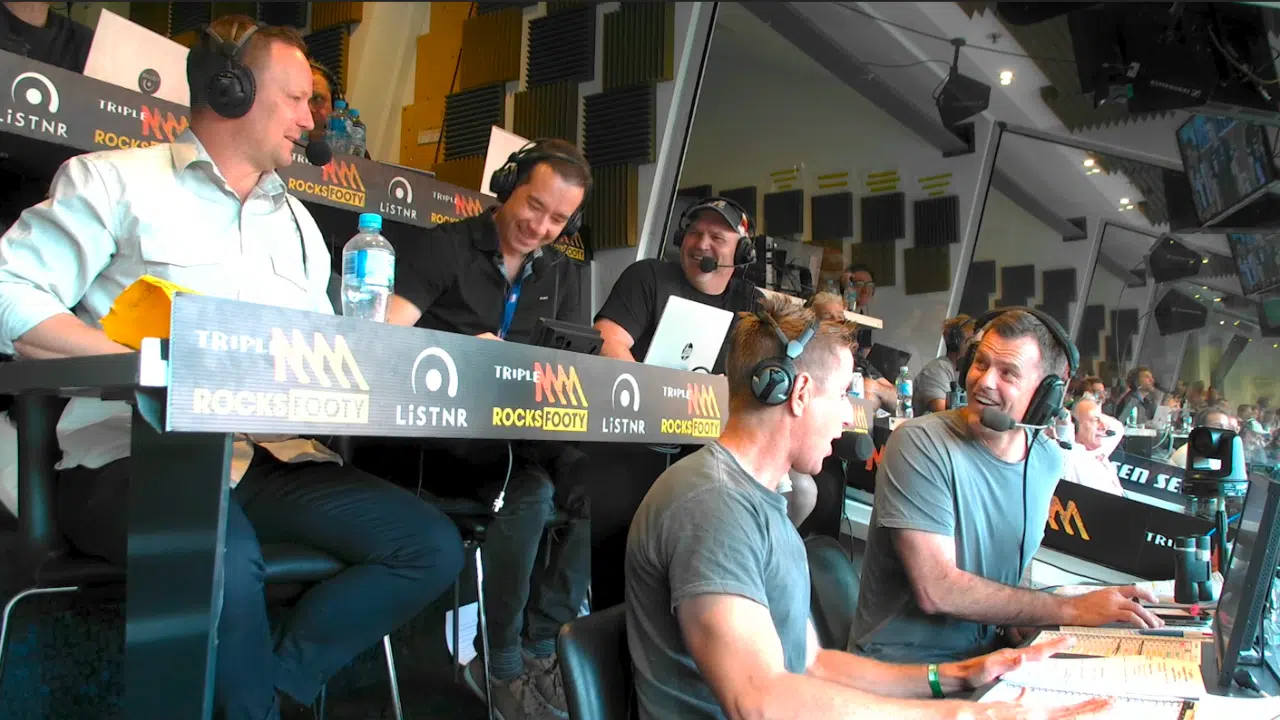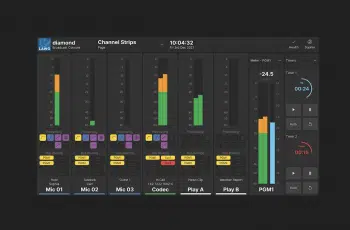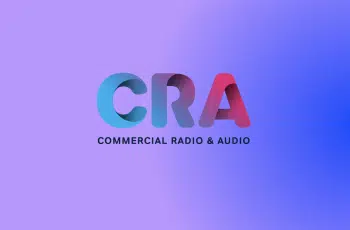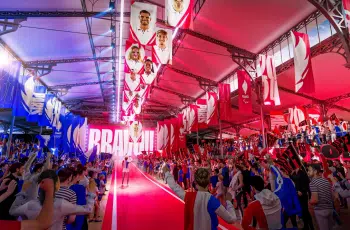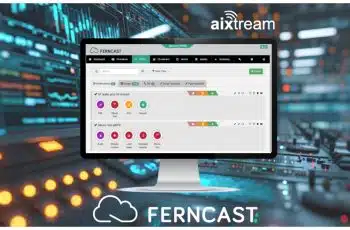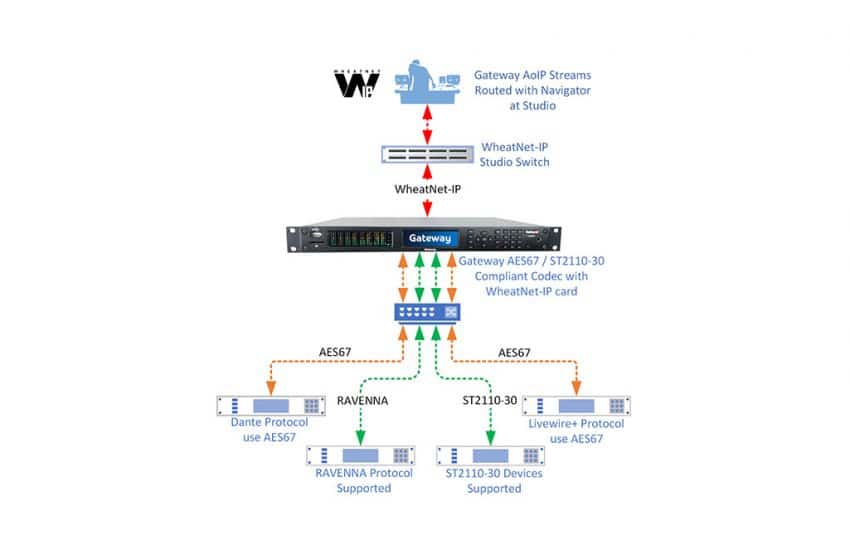
Broadcasting is replete with different technologies and platforms that somehow need to speak to each other. This is why Tieline believes in IP interoperability’s importance in expanding options and simplifying workflows when integrating vendor software and hardware supporting different IP protocols.
Flexible AoIP Options
The Gateway and Gateway 4 are Tieline’s latest codecs. They stream AES67, ST 2110-30 and Ravenna compliant digital audio between equipment from vendors supporting these standards. The standards provide the framework for transporting uncompressed PCM audio around a broadcast plant using Session Description Protocol (SDP) for configuring the number of audio channels per stream, encoding format, bits per sample, sampling frequency and the number of samples in a packet.
Interoperability Improves AoIP Workflows
Even if studios install complementary equipment utilizing proprietary AoIP protocols like WheatNet-IP, Livewire+ or Dante, broadcast engineers often need to connect and stream between equipment from different vendors. This is where AES67, Ravenna and ST 2110-30, for those in the TV world, provide a high degree of interoperability with proprietary protocols such as Dante and Livewire+ (in AES67 compatibility mode).
Simplifying Stream Discovery and Advertisement
AES67 and ST 2110-30 only address stream transport, packet setup and synchronization (timing). There is nothing mandated regarding discovery.
Tieline offers optional WheatNet-IP cards at purchase to interface directly with a WheatNet-IP network. Codecs then appear as blades and seamlessly support stream discovery, advertisement and control using Wheatstone’s Navigator software.
Broadcasting is replete with different technologies and platforms that somehow need to speak to each other.
Interoperability with NMOS, Ravenna and Ember+
Gateway and Gateway 4 codecs are compliant with AMWA NMOS standards IS-04 and IS-05, which also deliver discovery, registration and ultimately control for ST 2110 AoIP streaming. NMOS data models and open standard APIs deliver a new level of interoperability and control with networked equipment throughout the stations and networks.
Over time, NMOS will deliver more functions and greater interoperability between IP devices from different vendors. More straightforward interoperability between products is crucial as it allows end-users and service providers to build better systems with streamlined management and control options.
Broadcast networks worldwide use Ravenna for streaming audio, stream discovery and advertisement. Furthermore, the recent integration of Ravenna allows Tieline codecs to perform these tasks over Ravenna AoIP networks.
Aligning with Engineering Objectives
“Ever since the days of POTS and ISDN, Tieline has always advocated for interoperability of equipment from different manufacturers,” says Charlie Gawley, Tieline’s VP of sales, APAC/EMEA. “IP streaming is no different and is why the Gateway is AES67, ST 2110-30, NMOS and Ravenna compliant, to simplify workflows by allowing devices from different vendors to connect seamlessly.”
The Gateway and Gateway 4 also support Ember+, an openly available control protocol designed to integrate devices from different vendors into a single software interface. Ongoing firmware updates will develop and further integrate NMOS and Ember+ capabilities to ensure Tieline continues to champion interoperability.
Learn more about AoIP protocol options in the Tieline Gateway here.



